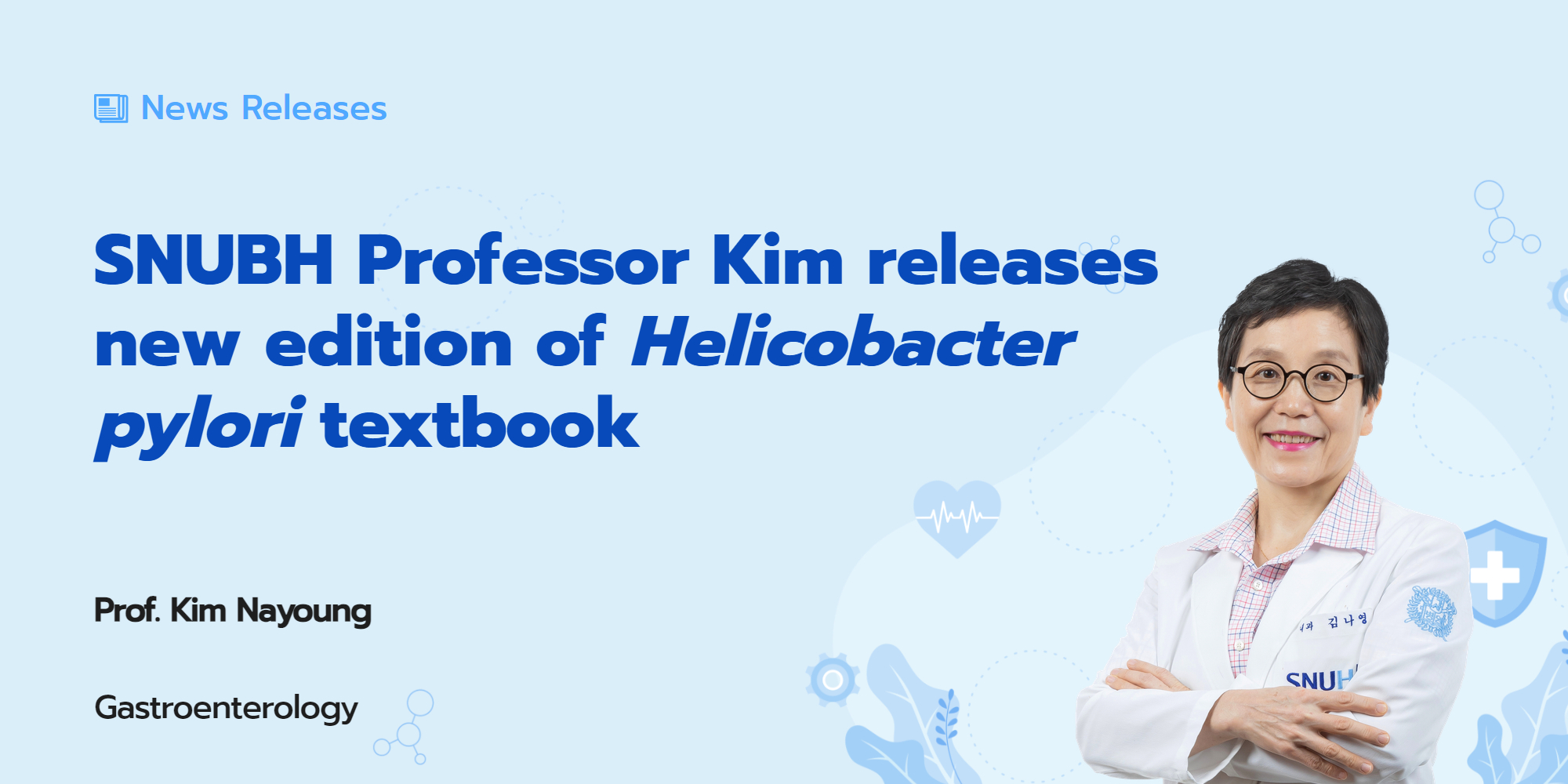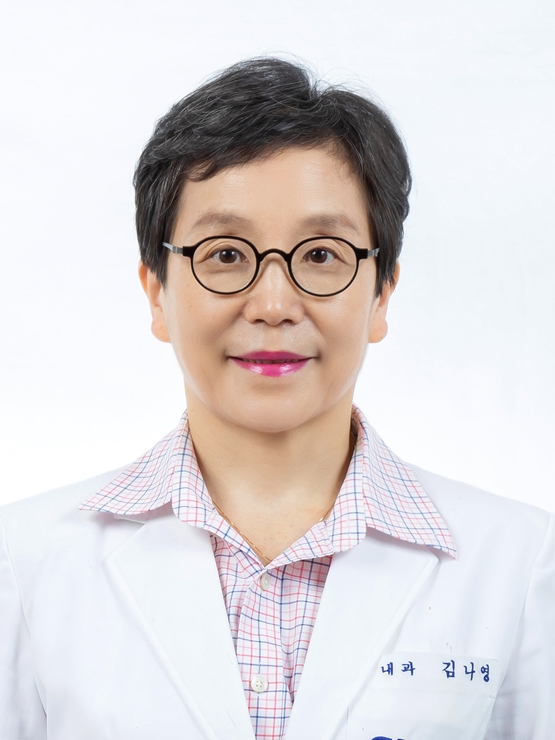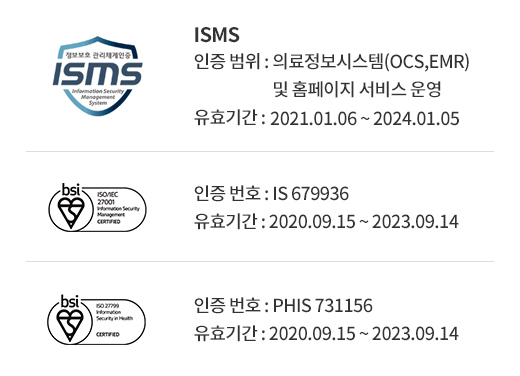SNUBH Professor Kim releases new edition of Helicobacter pylori textbook

Professor Kim Nayoung of Seoul National University Bundang Hospital's Department of Gastroenterology has updated her widely acclaimed textbook on Helicobacter pylori research.
.jpg)
SNUBH Professor Kim Nayoung published the second edition of her Helicobacter pylori research textbook. (Credit: SNUBH)
Professor Kim, who has published over 150 research papers in her 30-year career, is a leading expert in the study of Helicobacter pylori, particularly its link to stomach cancer in Koreans. She is also the first Korean recipient of the esteemed Marshall & Warren Lectureship Award, named after Nobel Laureates Barry Marshall and Robin Warren, who discovered the bacterium.
The updated edition, titled "Helicobacter pylori 2nd Edition," spans 767 pages and was published by Springer.
This comprehensive guide comes eight years after the first edition, which was designated an outstanding work by the National Academy of Medicine of Korea.

Professor Kim Nayoung
The second edition of "Helicobacter pylori" expands significantly on its predecessor, incorporating the latest discoveries from the past decade in 61 chapters. Key updates include new diagnostic techniques post-surgery, connections between Helicobacter pylori and various brain and colon diseases, and the bacterium's impact on stomach and gut microbiome.
The book also explores Sex/Gender-Specific Medicine in the context of Helicobacter pylori infection, an area in which Professor Kim specializes.
"I have thoroughly described the connection between Helicobacter pylori and the human body's central axis, the gut microbiome, as well as the systemic diseases influenced by it," Professor Kim said. "Through this book, I hope many researchers can broaden their understanding of the numerous bacteria in the human body, including Helicobacter pylori, and their interactions with our bodies."
Meanwhile, the newly published book is available for purchase on Springer's official website and Amazon online.
Source: https://www.koreabiomed.com/news/articleView.html?idxno=24022






